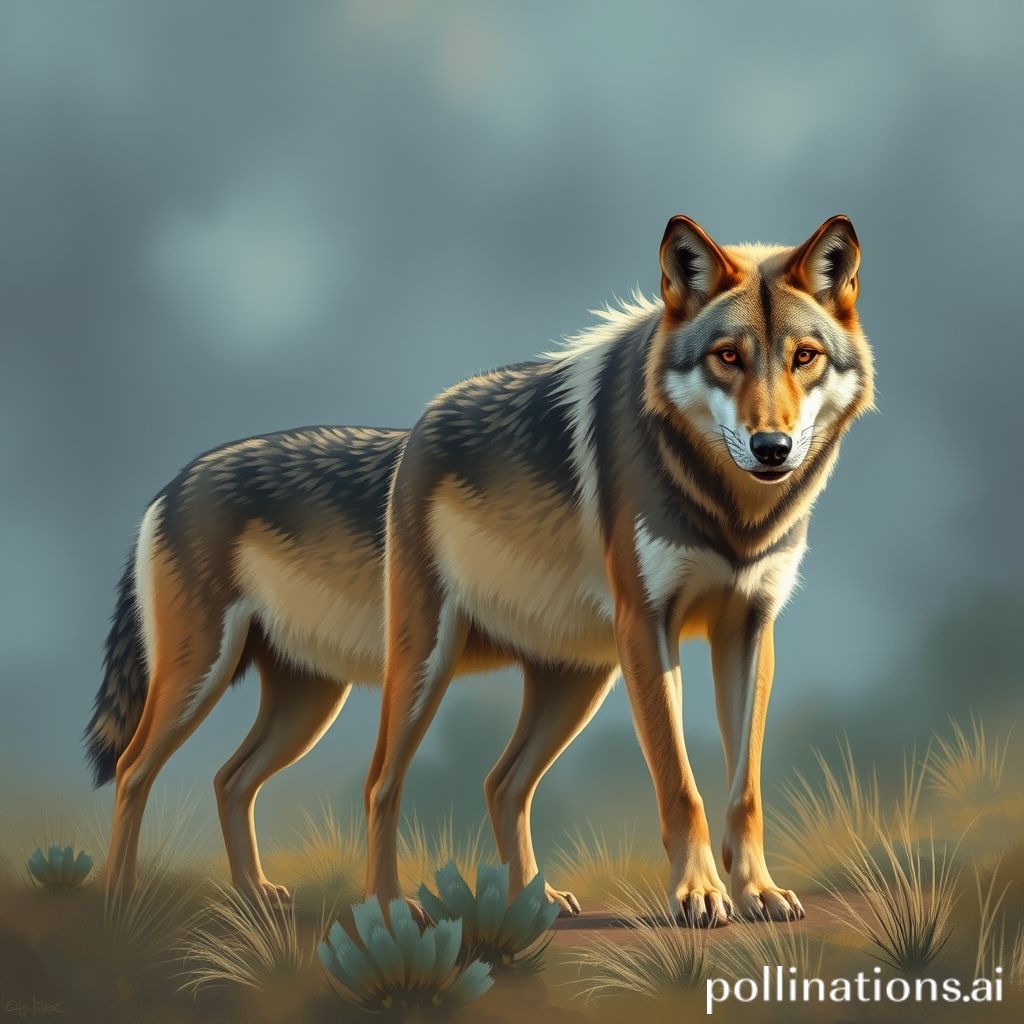Mexican gray wolves are moved from Cochise County as locals seek end to species protection

Mexican gray wolves are moved from Cochise County as locals seek end to species protection
A Shifting Landscape: Mexican Gray Wolves, Cochise County, and the Future of Conservation
Hey everyone, let's talk about something really close to my heart: wildlife conservation. Specifically, the ongoing saga of the Mexican gray wolf, one of North America's most endangered mammals. Lately, there's been a lot happening in Arizona, particularly in Cochise County, that's raising some serious questions about how we balance conservation efforts with the concerns of local communities.
The Mexican gray wolf, or Canis lupus baileyi, is a subspecies of the gray wolf that once roamed freely across the southwestern United States and Mexico. Decades of predator control programs nearly wiped them out, leading to their listing under the Endangered Species Act in 1976. Recovery efforts began in 1998 with the reintroduction of captive-bred wolves into the wild.
The Cochise County Conundrum: Wolves vs. Ranchers
Cochise County, with its vast open spaces and cattle ranches, has become a focal point in the wolf recovery debate. While conservationists celebrate the gradual increase in wolf numbers, many ranchers express concerns about livestock depredation and the impact on their livelihoods. Recently, tensions have escalated, leading to a situation where wolves are being moved out of the area amidst growing calls for an end to the species' protected status.
The core of the issue lies in the inherent conflict between predator and prey. Wolves, by nature, hunt for survival, and cattle can become easy targets. Ranchers argue that wolf predation results in significant economic losses, forcing them to spend more on preventative measures and dealing with the aftermath of attacks.
However, conservationists emphasize the ecological importance of wolves. As apex predators, they play a vital role in maintaining healthy ecosystems by regulating prey populations, preventing overgrazing, and promoting biodiversity. The absence of wolves can lead to cascading effects that negatively impact the entire landscape.
Weighing the Impacts: Economic Concerns vs. Ecological Benefits
Let's break down the arguments on both sides. It's not as simple as "wolves good, ranchers bad" or vice versa. It's about finding a sustainable solution that acknowledges the needs of both humans and wildlife.
| Argument | Ranchers | Conservationists |
||||
| Main Concern | Livestock depredation, economic losses | Species recovery, ecological health |
| Proposed Solution | Removal of wolves, delisting from Endangered Species Act | Continued protection, non-lethal mitigation strategies |
| Supporting Data | Statistics on livestock losses attributed to wolves, cost of preventative measures | Data on the ecological benefits of wolf presence, success stories of coexistence programs |
The debate frequently circles around the efficacy and accessibility of compensation programs for ranchers who experience livestock losses due to wolves. While such programs exist, ranchers often cite bureaucratic hurdles, insufficient compensation amounts, and difficulties in proving wolf involvement as major drawbacks.
On the other hand, conservationists point to successful coexistence strategies employed in other regions, such as the use of range riders, livestock guarding dogs, and fladry (flagging) to deter wolves from approaching livestock. They argue that with adequate funding and community support, these methods can effectively minimize conflicts.
The Movement of Wolves: A Step Forward or Backwards?
The recent relocation of wolves from Cochise County is a complex issue. For some, it represents a necessary measure to alleviate pressure on local ranchers and prevent further conflict. For others, it's a setback for wolf recovery efforts, potentially disrupting established packs and hindering the expansion of the wolf population.
The U.S. Fish and Wildlife Service, responsible for managing the wolf recovery program, faces a difficult balancing act. They must consider the legal requirements of the Endangered Species Act, the biological needs of the wolf population, and the socio-economic concerns of local communities.
A Path Forward: Collaboration and Innovation
Ultimately, the long-term success of Mexican gray wolf recovery hinges on finding common ground. This requires open communication, collaboration, and a willingness to explore innovative solutions.
Enhanced Compensation Programs: Streamlining the process, increasing compensation amounts, and providing technical assistance to ranchers.
Proactive Coexistence Measures: Expanding the use of non-lethal deterrents and offering training programs for ranchers on how to implement them effectively.
Community Engagement: Fostering dialogue between ranchers, conservationists, and government agencies to build trust and understanding.
Scientific Research: Conducting ongoing research to monitor wolf populations, assess the effectiveness of different management strategies, and understand the ecological impacts of wolves.
A Personal Reflection: Finding Harmony in a Shared Landscape
The story of the Mexican gray wolf is a reminder that conservation is not just about protecting individual species; it's about preserving the integrity of entire ecosystems and ensuring a sustainable future for both humans and wildlife. I believe that with empathy, creativity, and a commitment to working together, we can find a way to share our landscapes with these magnificent creatures. It won't be easy, but the potential rewards a healthy environment, a thriving economy, and a richer quality of life for all are well worth the effort.
Comments
Post a Comment